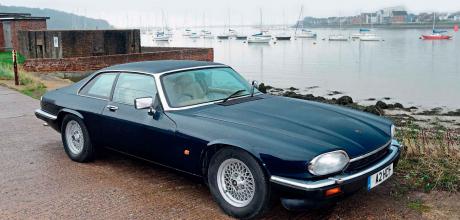1991 Jaguar XJS 4.0 Automatic
By the early Nineties, and with no replacement in sight, Jaguar gave the now-aging XJ-S a major facelift, resulting in the unhyphenated model from 1991. For the 30th anniversary of the update, we explain why the changes helped to keep the XJS relevant for the new decade.
Update with destiny
Facelifted XJS
Three decades of thisimportant update
The actor Jamie Lee Curtis once revealed, “I’ve had a little plastic surgery. I’ve had a little lipo. I’ve had a little Botox. And you know what? None of it works. None of it.” That’s not something you could say about the major facelift Jaguar gave the XJ-S in the early Nineties. The basic design remained the same, but all aspects of the car received a little nip and tuck to create a more modern take on this classic grand tourer, one that helped to keep sales steady until its replacement, the XK8, was ready five years later.
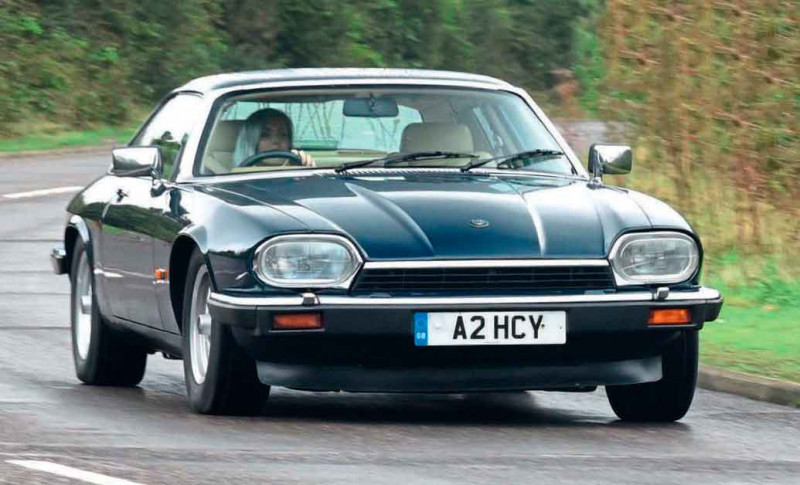
If everything had gone to plan, Jaguar wouldn’t have needed to facelift the XJ-S because it would have been replaced by the Keith Helfet-designed XJ41 at the end of the Eighties. By being turbocharged and with all-wheel drive the project had become overly complicated and, therefore, expensive so it was cancelled not long after Ford bought Jaguar in 1989. Although the XJ41 continued as a TWR-led programme renamed Project XX, due to some Tom Walkinshaw-scheming, it became the Aston Martin DB7 leaving Jaguar still needing a replacement for the XJ-S. Producing a new car would take time (the XJ41 had taken the best part of a decade to develop) so, in the short term, Jaguar decided to give the existing car a facelift. And, as the first model to come during Ford’s ownership, it pointed towards the future.
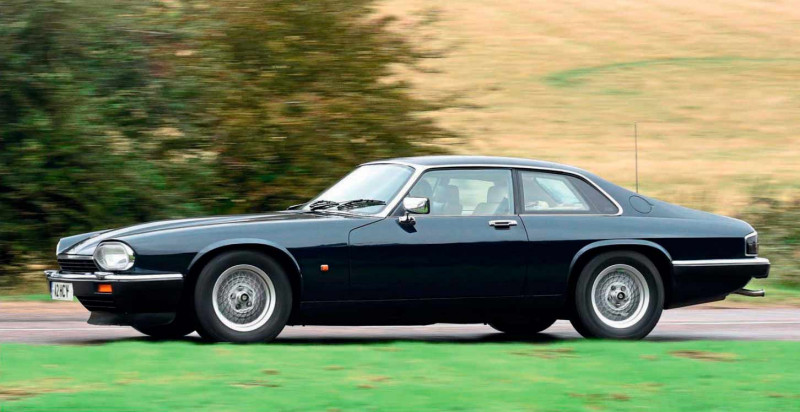
Largely unchanged from the 1975 original, the XJ-S clearly needed a facelift as it was starting to look and feel oldfashioned compared to such newer rivals including the BMW 8-Series E31, Mercedes-Benz SL R129 and964-generation Porsche 911. As Jaguar’s director of engineering, Jim Randle, admitted after the facelift was revealed, “It was withering on the vine.” Even Diana, Princess of Wales, controversially replaced her existing 1987 XJ-S cabriolet with a burgundy SL in 1991, making her the first member of the British royal family to use a foreign-made car.
Cosmetically, the changes were minor and included new rectangular-shaped rear lights with smoked lenses and reshaped side windows, while the front quarter lights were deleted and the doors became frameless. The side sills were flared, the radiator grille was made black, and a new chrome finisher ran the full width of the bonnet’s edge.
Although the roof was flatter and the rear screen had a different rake, the famed buttresses remained. Jaguar’s then design director, Geoff Lawson, argued that they were part of the car’s character and so needed to be retained.
Inside, more traditional gauges replaced the idiosyncratic ‘tumbler’ style of secondary dials in the binnacle, while the elm veneer was dropped in favour of burr walnut. There were also new sports seats at the front and a new style of rear seats.
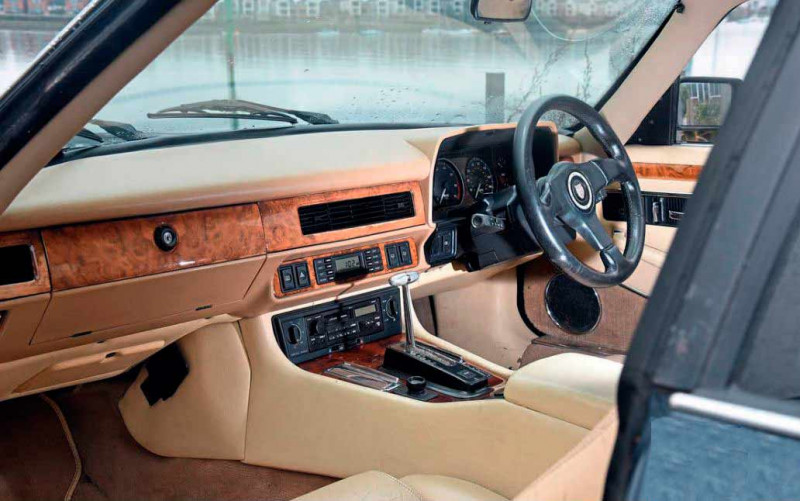
However, the majority of the changes were under the skin: of the car’s 490 panels, 180 were either new or modified. The bodywork benefited from an improved manufacturing process by Venture Pressings, a new Telford-based company jointly owned by Jaguar and GKN. Said Jaguar’s Bill Hayden at the time, “We are taking our first panels from the Venture Pressings operation, which will give us complete control over body supply. We have invested in new manufacturing facilities so that we can achieve improved fit and finish as well as more efficient assembly.” Almost £4m was spent on the Castle Bromwich plant, equipping it with the latest computer-controlled systems, and a further million was spent on Browns Lane’s track three.
Under the bonnet, the 4.0-litre AJ6 engine that was first seen in the XJ40 from 1989 replaced the 3.6-litre AJ6 engine. The extra displacement was achieved by lengthening the stroke from 92mm to 102mm, which increased the power from 199bhp to 223bhp. To increase refinement, the engine featured redesigned pistons and a forged steel crankshaft (instead of cast iron), while a revised cam profile with increased lift and reduced overlap improved both low-end torque and idle stability. The 4.0-litre had the option of ZF’s new 4HP24 four-speed automatic transmission or Getrag’s 290 five-speed manual, an improvement over the 265 ’box previously used in the 3.6. A new Lucas fuel-injection system graced the 5.3-litre V12, and the fuel rail and injectors were revised, increasing power from 273bhp to 280bhp.
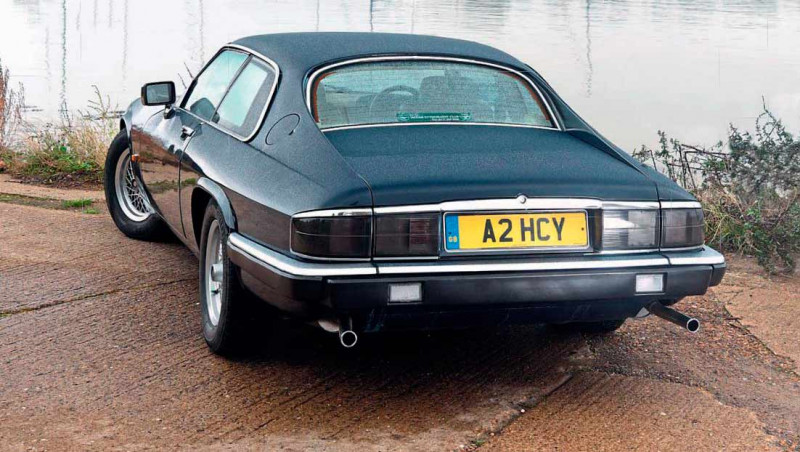
Finally, the hyphen was dropped from the boot badge, forever distinguishing these later models from the earlier examples. In total, £50m was spent on the XJS’ facelift, although few would be able to spot the differences. But that was done on purpose. As Mike Dale, president of Jaguar Cars Inc, said, “Our customers don’t like surprises. The XJ-S is a classic design, like the Range Rover or Porsche 911.”
Subtle the changes may have been, but they generally impressed the critics. As Autocar &Motor magazine reported in its 4 September 1991 issue, “The changes have made it look smarter from most angles,” and, “An always capable chassis has benefited from further development and now the new cabin is little short of a revelation."
The 4.0 coupe cost £34,780 in 1991, a seven grand premium over the previous 3.6, yet there was still an increase in sales, from 3,638 in 1992 to 5,192 the following year, and an astonishing 6,643 in 1994. Admittedly, the XJS had received another facelift the same year — which introduced more modern, restyled bumpers and the AJ16 engine — but, by the time production ended in 1996, the company had produced 21,702 4.0-litre cars and a handful of V12s (which had bccomc special order only by the mid-Nineties).
While that was small fry compared to the big numbers the aforementioned German companies were churning out, these were relatively healthy figures for such an old car and justified the expense of the facelift.
However, although the aesthetic changes were minimal, for a long time the facelifted cars were often underappreciated compared to the earliest V12 coupes. Built in the early to mid-Nineties, they weren't considered true classics, but were seen as old-fashioned, the model's origins coming from the Seventies.
The latter reason was why I decided not to buy a 4.0-litre in 2016, choosing instead what I thought would be a more modern and, therefore, more reliable car: an XK8. For those who remember the many troubles I've had with that car, the irony of my decision isn't lost on me.
Interest in the pre-facelifts is currently growing, with many enthusiasts preferring them over the older cars due to their more modern and cleaner look. Craig Cheetham wrote as much in the DrivesToday while Amberley White, owner of the beautiful Westminster Blue 4.0 featured here, certainly thinks so. As someone who grew up in the 2000s, the facelift models are more relevant to her than the early V12s.
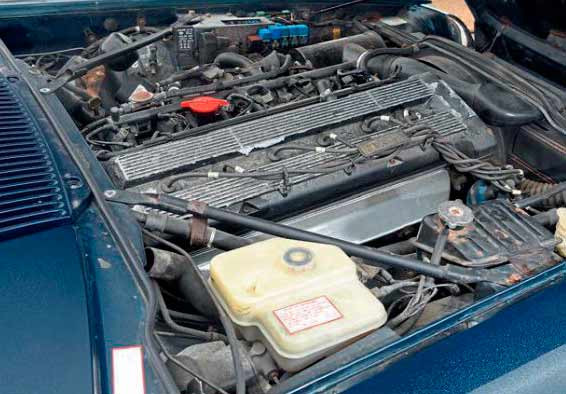
As a result, values are healthier than they have ever been; where once you could buy a facelift for a nominal amount, it's not unusual to find 4.0-litre coupes for up to £15,000, with convertibles £5k more, while late V12 convertibles are around £40,000. Compared to the E-type's much higher prices, that makes the XJS great value yet just as elegant as the iconic model.
Although some of the more unusual aspects of XJ-S' original design — such as the quarter-moon rear lights and tumbler dials — are lost, it's still the same large and imposing grand tourer it always was. And, although the buttresses continue to be controversial, they make the car not just unique in Jaguar's back catalogue, but of any front-engined car from the Nineties.
The significant investment Ford poured into the car's production process is obvious. The panel gaps are tighter than on cars from the Eighties and the detailing is a better quality. This continues inside, where the burr walnut veneer is perhaps thicker and shinier than the elm in the older cars, and the angular lines andjumbled layout means it still looks like no other interior It's worth pointing out Amberley’s 1991 example has had an aftermarket steering wheel fitted.
The straight-six churns slowly into life before settling down to the AJ6's familiar meaty thrum. With a relatively meagre 223bhp for a car weighing a lardy 1,612kg (3,551 lb), the acceleration can at best be described as ‘steady’, the straight-six having to work hard to propel the big car forward.
But, look hard enough, and there are still vestiges of its sports car origins. Press the throttle with more vigour, causing the four- speed automatic gearbox to kick down, and the car moves with a little more eagerness, filling the cabin with a deeper roar, one that's more refined than the earlier 3.6-litre.
At 4,764mm (187.6in) long and 1,793mm (74.3in) wide, the XJS can in no way be considered a light and nimble sports car in the same mould as BMW's Z3 E36/7 or Porsche's Boxster 986. However, because all 4.0-litre cars are fitted with stiffer suspension to limit body roll, fat rubber to give lots of grip, and firm, accurate steering, the big car can be hustled through corners at surprising speed. On narrower roads, though, it does feel like steering an oil tanker down a canal.
Although the XJS is not iconic in the way the E-type has been for years or the original 1975 model is now becoming, there's no denying that the subtle updates and build improvements prolonged the car's life beyond what should have been its natural conclusion at the end of the Eighties; thus proving that facelifts might not always work for Hollywood stars, but they certainly did for this grandest of grand tourers.
Thanks to: Amberley White, owner of the 1991 XJS coupe featured here.
TECHNICAL DATA 1991 Jaguar XJS 4.0 Automatic
- Engine 3980cc straight-six
- Max Power 223bhp
- Max Torque 278lb ft
- Max speed 136mph
- 0-60mph 8.7 secs
- Transmission 4-spd auto ZF 4HP
- Price new £33,400
- Value now £5,000-115,000


